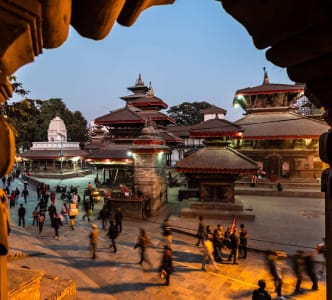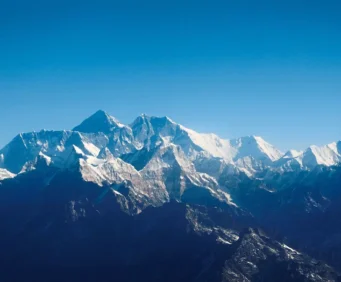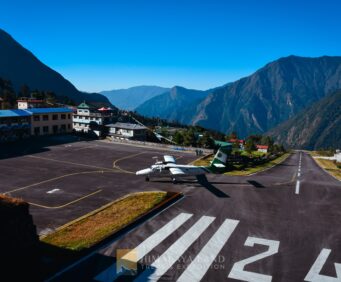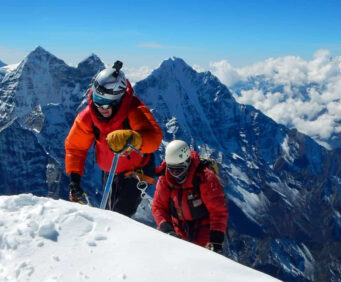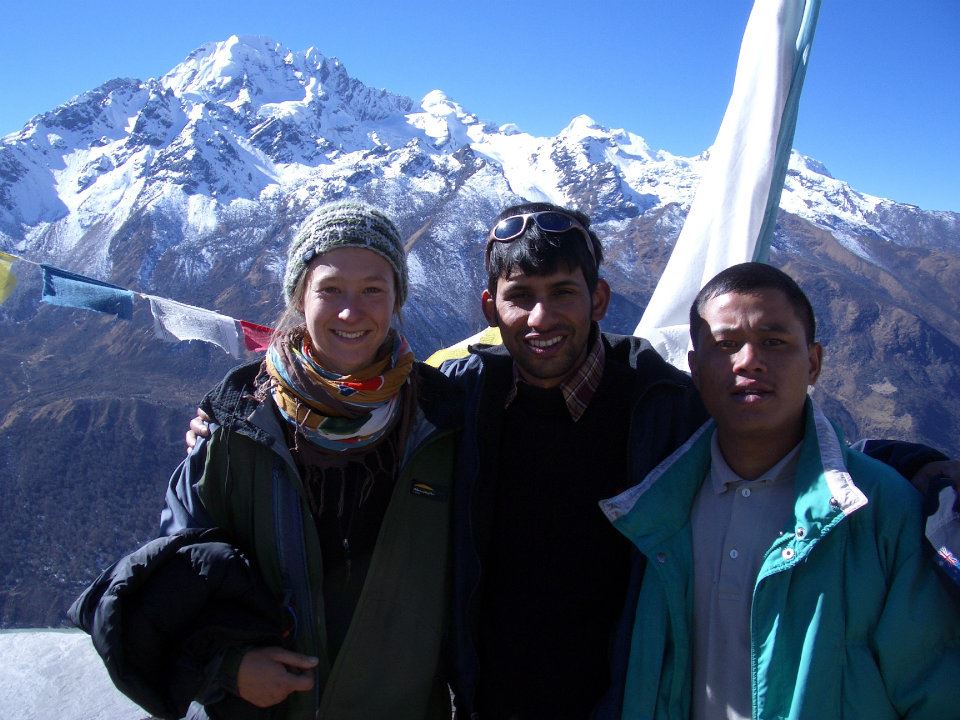
Best Times for Langtang Valley Trek
4th August, 2024 - Posted By: Himalayan AbodeLocated in Nepal’s northern region, Langtang Valley Trek is an ideal trekking destination for anyone who loves nature, adrenalin, and culture this is the place to go. This trekking area is somehow less known than the Everest and Annapurna region but promises a quiet and rather picturesque journey introducing to the visitors the wonders of the Langtang National Park. As we travel together let me take you through the Langtang Valley Trek adventure.
Introduction to Langtang Valley
Langtang Valley also referred to as the ‘’Valley of Glaciers’’ is situated to the north of Kathmandu close to the Tibetan border. However, it still presents a comparatively isolated trekking location despite lying just a few kilometers from the nation’s capital.
It is popular for its superb scenic beauty and biological and cultural priceless value including bio-diversity and cultural diversities of Tamang and Sherpa people residing in the area.
Highlights of the Langtang Valley Trek
1. Spectacular Scenery
Laura calls the tour to the Langtang Valley one of the most beautiful treks in the world by the sight of the Himalayas. Mountains with great heights such as Langtang Lirung – 7,227m, Gang Chhenpo – 6,388, and Dorje Lakpa – 6,966m stand majestically. It passes through the stunning forest of rhododendrons and bamboo, and crosses a crashing river, and moves through the beautiful alpine meadows to approach the fabulous glacial valleys.
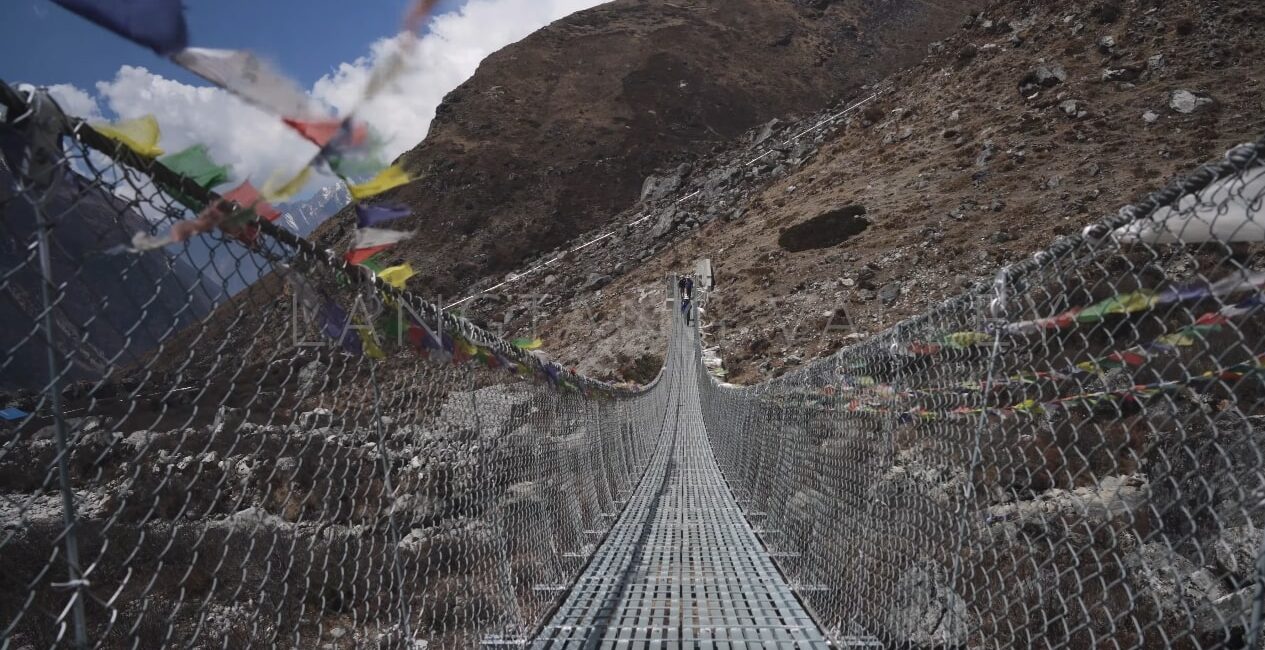
2. Rich Biodiversity
Langtang National Park can be termed as a storehouse of bio-diversity. During the trekking, common species of wildlife are seen like red pandas, Himalayan black bears, birds, etc. The flora and fauna of this park are as rich and as diverse as the different kinds of climates which can be found on this park: subtropical forest, Alpine tundra, etc.
3. Cultural Immersion
The followers of the trek, the Tamang and Sherpas are very famous in Nepal and offer another bonus of absorbing Nepali culture. While walking through regions with typical settlements such as Langtang, Kyanjin Gompa, and Syabrubesi, you can taste dishes that have long been prepared by local people, and admire the monasteries and temples. The genuine friendliness of the people to the tourists ensures an unmatched cultural experience.
The Kyanjin Gompa is a famous and well-reputed monastery operated by the Buddhists, besides the Cheese factory which is also prominent. There is also the prospect of visiting Kyanjin Gompa the Tibetan Buddhist monastery.
It stands at an altitude of 3,870 meters and has one of the most captivating views of the surrounding ridges. Close to the Kyanjin Cheese Factory, you can try the wonderful homemade yak cheese, which will surely go well after the trekking days.
Trekking Itinerary
While the itinerary can be customized based on your preferences and time constraints, here’s a standard outline for the Langtang Valley Trek: While the itinerary can be customized based on your preferences and time constraints, here’s a standard outline for the Langtang Valley Trek:
Day 1: Arrival at Kathmandu, the capital city of Nepal & transfer to the hotel.
Fly to Kathmandu and rest for the trekking. Stay in a good hotel for the night and wander around the busy city. Syabrubesi (1,550m) is the next beautiful destination that local people call a ‘trekking path’, it is a proper road, and it can be reached by jeep, but it is better to go there by car because the road is very fascinating, very winding and curvy.
Proceed for a drive to another picturesque village Syabrubesi where the trek has to begin. It provides a fabulous look at the outlook of the terraced rice fields, villagers’ charming houses, and hilly green scenery.
Day 3 – Trek to Lama Hotel (2,480m)
You start your walk, which takes you across the Bhote Koshi River and moves up through the sprawling jungles. Continue and reach Lama Hotel, which is the first overnight place.
Day 4: Trek to Langtang village (4348 ft)- 5- 6 hrs walk: Early in the morning after breakfast the group starts walking towards Langtang village, which takes a 5/ 6 hours walk.
Proceed with your walk along rhododendrons and bamboo trees accompanied by a view of waterfalls and streams. Get to Langtang Village, an amazing slow-moving typical village with an eye-catching view of mountains.
Day 5: Trek to Kyanjin Gompa, the world’s highest Buddhist monastery, situated at an altitude of 3,870m. After breakfast, it took 7 hrs to trek. Proceed even higher to Kyanjin Gompa where you will tour monasteries and have a great view. Spend some time going around the places of interest and familiarizing yourself with the altitude.
Day 6: Exploration Day at Kyanjin Gompa
Spend some time getting accustomed to and hiking around Kyanjin Gompa. Trek to Kyanjin RI (5,000 m) for the bird’s eye view of the Langtang Peak or simply walk up to the glaciers.
Day 7: retracement to Lama Hotel
Continue your descent back to Lama Hotel. It might be a great time to listen to or cherish the different points of view as one progresses downhill.
Today we start early in the morning with the seven-day trek leading us to Syabrubesi, a tedious journey in a sometimes steep terrain. Retrace your steps down to the Syabrubesi considering the overly exciting adventure you’ve been through in the Langtang Valley.
Day 9: This is the final day of the trekking; drive back to Kathmandu.
Retrace the journey back to Kathmandu, where you can take some time to do more sightseeing or merely take time to look back at the achievements you have made in the trekking adventure.
Day 10: Departure
Go back to Kathmandu with a wonderful experience of the Langtang Valley Trek.
Some of the points that anybody who would be undertaking the trek must consider are as follows
- Acclimatize Properly: Do not hike too early at higher altitudes such as to Kyanjin Gompa to allow the body to adapt to the new altitude.
- Pack Wisely: Bring along trekking equipment, warm and waterproof clothes, and a first aid kit. Make sure that you have good quality trekking shoes.
- Stay Hydrated: Try to increase your water intake especially when you are up in the highlands as this can cause rapid heartbeats as seen in the current situation where Rosa was ascending to a higher altitude and developed the symptom.
- Respect Local Culture: Ensure that clients do not offend the culture and traditions of other people. Be open to the local people and use your heads and hearts.
- Travel Responsibly: To reduce as much of an imprint at a campsite as possible, remain aware of Leave No Trace principles while visiting the area.
The technicality of the Langtang Valley Trek
It is a moderate trek; this is an assessment of the Langtang Valley Trek. While it is accessible for many trekkers, it’s important to understand the specific factors that contribute to its difficulty: While it is accessible for many trekkers, it’s important to understand the specific factors that contribute to its difficulty:
1. Altitude
Highest Point: The trek is in a difficult category and goes up to a height of approximately 4,984 meters (16,349 feet) of Tserko Ri.
Altitude Sickness: When you go higher, the likelihood of acclimatizing is lowered. Pam warns that many diseases are inevitable if a person does not acclimatize properly at high altitudes.
2. Terrain
Trail Conditions: Occasionally, it is a very wide and defined path, other times it is rocky and can be rather uneven at times. During the trek there are steep climbs and similarly steep descends in some areas of the trek.
River Crossings: Several river crossings are suspension bridges and these are difficult for anyone who has an illness of topophobia.
3. Physical Endurance
Daily Trekking Hours: The other important aspect to note is that the hiking activity will be expected to be between 5-7 hours per day with sometimes aggrandized if the itinerary calls for it.
Fitness Level: Mild physical fitness is encouraged but health conditions of the heart determine the level of stamina. Cardiovascular endurance is good for covering the days and stamina for the slopes and Baboons are important for handling the long days and steep inclines.
4. Weather Conditions
Climate: Temperature may also vary, sometimes it is hot while at other time it is cold which affects the weather. There may be cold fronts at the higher elevations due to high altitude and in case there is some rain or snow, the treks become a bit more challenging.
Best Time to Trek: The preferable season for this trek is the pre and post-monsoon season, that is, from March to May, and from September to November respectively due to better weather.
5. Accommodation and Facilities
Tea Houses: Food and shelter are basic for every trekker; meals and lodging on the trek are mostly offered by tea houses. However, regarding the level of comfort, the conditions can be significantly different despite the need for such services.
Food and Water: Water and food are obtainable but it is a good idea to bring water purification tablets or a means of water filtration.
How to Overcome the Difficulty
Acclimatize Properly: First of all, prepare for the changes in altitude to take some time. Organize your trip in such a way that you will have rest days to avoid getting altitude sickness.
Train Beforehand: Engage in cardiovascular exercises and leg exercises; you should also do some endurance exercises in preparation for the trek.
Pack Wisely: Some of the recommended items to carry include; warm clothing, good trekking shoes, and a first aid kit. Most travelers agree that although you do not want to over-pack for a trip, some essentials are necessary to carry.
Stay Hydrated and Eat Well: Ensure you take enough water and high-energy diet to sustain your energy proportion.
Hire a Guide or Porter:
Many people, both locals and internationals, visit the park in groups. For this reason, hiring a guide or porter is advisable. They can help set the pace and carry some of your items, making the trek easier for everyone.
Listen to Your Body:
Monitor yourself and your physical reactions to the altitude and the exertion that you are putting your body through. Anyone who starts developing symptoms of altitude sickness should descend as soon as possible. The company appreciates the helpfulness of geographic data in analyzing altitude sickness, so they make the following recommendations.
When is the Best Time for Langtang Valley Trek
Timing on when to trek the Langtang Valley can boost your trip-making experience in a big way. The best times for this activity are the pre-monsoon period (spring) and the post-monsoon period (autumn). Here’s a detailed look at each season: Here’s a detailed look at each season:
1. Spring (March to May)
Weather:
This is one of the most preferable seasons for the Langtang Valley Trek. The climate is rather tolerable and predictable, the daytime temperatures vary from 10 to 20 degrees Celsius, or fifty- sixty-eight Fahrenheit in the lowlands while colder in the highlands.
Scenery:
This is a perfect time due to an explosion of colors evident in the flowers such as the rhododendrons and other flower species in the valley. The air is quite clear, so weather permitting, they get a good look at the snowy mountains.
Crowds:
This period is characterized by many people going trekking hence you will find more people along the trekking trail. But, it is not as busy as the Everest or Annapurna regions except during the busiest months of the year.
2. Autumn (September to November)
Weather:
Another good season for trekking in Langtang is the autumn season. The monsoons wash away the dust and haze, giving clear and crisp sightings of the mountains. Daytime temperature is moderate, ranging from 10°C to 15°C ( 50 F to 59 F) close to the ground, and cooler at higher terrains.
Scenery:
After monsoons, the plants and trees are healthier and have grown green. It’s not as wet, thus reducing the chances of the trails being muddy and hard to traverse.
Crowds:
Similar to spring, autumn is also one of the popular trekking seasons. This means you encounter more people that are trekking but the environment is never so busy in a way that you will end up enjoying your trek.
3. Winter (December to February)
Weather:
Trekking in Langtang is feasible even during the winter season, although the cold weather set in during this season makes it extremely tiring. It used to freeze most times, particularly in the birding areas in the highlands. During daytime there is significant variation in temperatures: from 6 to 9°C (43 to 48 F) in the lower altitude; it can be even colder at higher altitudes.
Scenery:
The mountains receive snow and appear kind of beautiful and serene during the snowy weather. Nevertheless, snow makes some parts of the trail impassable an therefore makes trekking a bit challenging.
Crowds:
Trekkers are fewer during winter and hence, the trekking experience is quite different – less social and peaceful.
4. Monsoon (June to August)
Weather:
The climate also poses a challenge whereby during the monsoon season there is a lot of rainfall that sometimes results in landslides and the slippery nature of the trails. Daytime temperature is relatively higher and varies from 15°C up to 20 °C or (59°F throughout 68°F) but the major area experiences a high level of humidity.
Scenery:
The rain greens the valley, though fog often restricts the view of the mountains.
Crowds:
This is the worst time to go trekking due to hostile environmental conditions. The climate quiets down a bit from December to February, which is often regarded as the best time for trekking. However, for those who prefer solitude and don’t mind getting wet, it can be a rather advantageous time.
Conclusion
We advise organizing your trekking experience in Langtang Valley during spring, from March to May, or during autumn, from September to November.
These times present the best regarding the weather, views, and the ease of the track. During the start of spring, while marveling at the rhododendrons in full bloom or the mesmerizing sight of the mountains in the autumn, the Langtang Valley does not fail to deliver an experience worth cherishing.
Recent Posts
